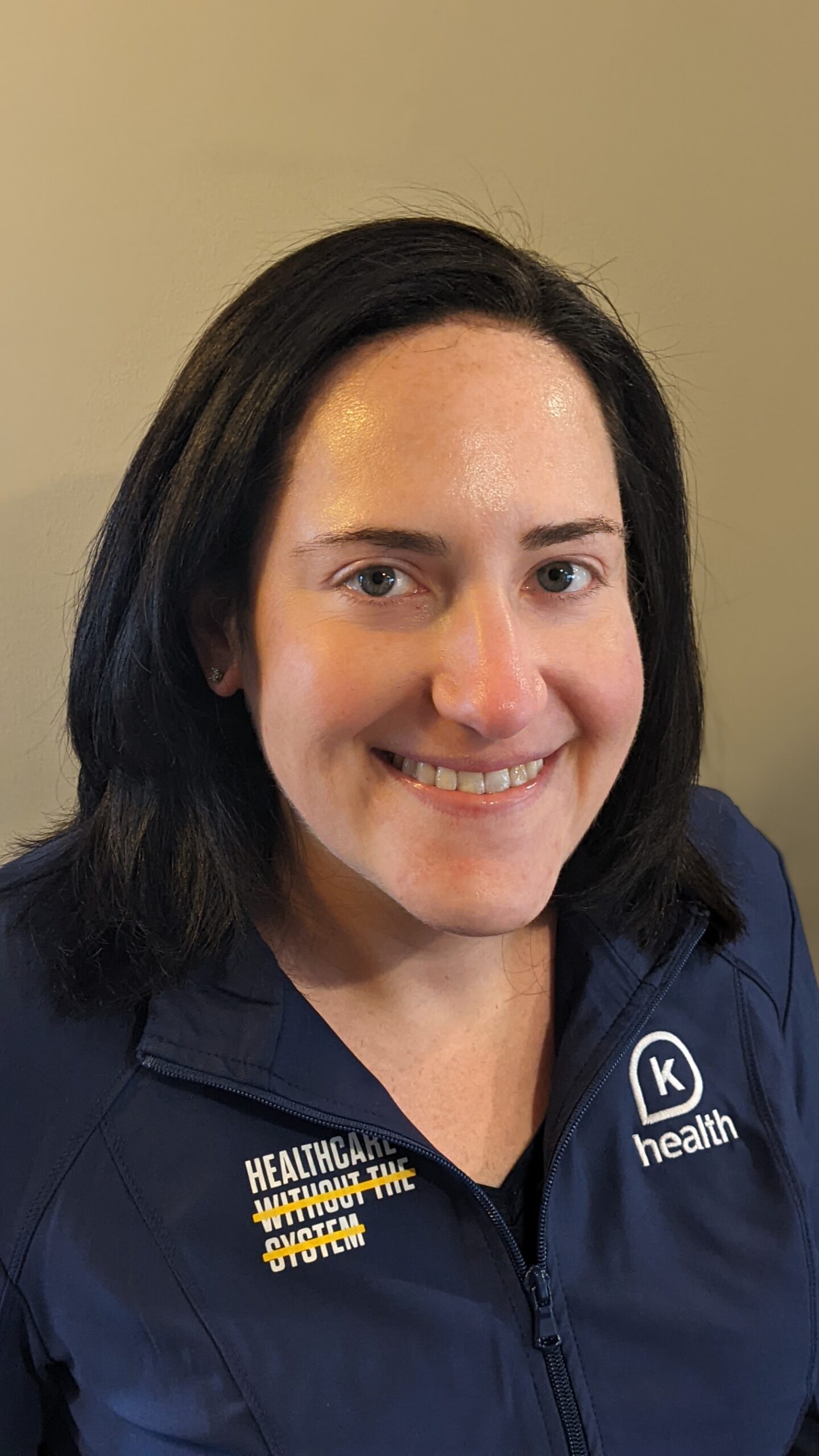A stye (also known as hordeolum) is an inflamed oil gland that usually appears on the edge of your eyelid, close to the upper or lower lash line. A person can have multiple styes at one time. In many cases, a stye will heal on its own with an at-home warm compress treatment.
If your stye is not improving or if it’s accompanied by other symptoms—like changes to your vision, bleeding, or crusting of the eye—it’s important to reach out to your medical provider.
When to See a Doctor for a Stye
If your stye isn’t going away on its own, is obstructing your vision, or is causing significant discomfort, you should reach out to your medical provider for care.
Additional symptoms that warrant medical attention include:
- A stye that becomes very large or painful
- A blister on the eyelid
- Crusting or scaling of the eyelids
- An eye or eyelid that becomes entirely red
- Sensitivity to light
- Excessive tears
- A stye that returns after successful treatment of a previous stye
- A stye that bleeds
Have a stye? Chat with a medical provider using K Health.
Get startedCommon Causes of Styes
Most styes are caused by a bacterial infection. In fact, 90%-95% of styes are caused by the Staphylococcus aureus bacteria. The second most common bacteria that causes styes is Staphylococcus epidermidis.
There are some risk factors that can increase the risk of developing a stye. These risk factors include:
- Poor contact lens hygiene
- Sleeping in contact lenses
- Rubbing or touching your eyes with unwashed hands
- Excessive exposure to chlorine
- Wearing lash extensions
- Using old or contaminated eye makeup
- Having recurrent styes or other eye problems
- Certain medical conditions, including rosacea, dry skin, dandruff, and blepharitis
At-Home Stye Treatment
There are several at-home remedies that can help to soothe and treat a stye. These at-home treatments include:
- Applying a warm compress: Applying a clean washcloth soaked in warm water can help encourage a stye to drain. Be sure to apply the compress for 10-15 minutes 3-5 times per day.
- Clean eyelids: Using gentle products, like tear-free baby shampoo and water, on the eye can help remove blockages and excess discharge. Be sure to pat the area dry with a warm cloth after cleaning.
- Don’t wear makeup or contact lenses: Keep your eyes free of makeup or contact lenses until the stye is healed. In general, avoid touching your eyes as much as possible.
- Clean your pillowcases and towels: Regularly cleaning your towels and pillowcases while your stye is healing can help to prevent reinfection.
Importantly, you should never try to pop, squeeze, or rupture a stye.
Medical Treatment
If your stye does not improve within two weeks, you should reach out to your medical provider for care. Depending on your eye health, your provider may recommend one of the following treatment options:
- Antibiotic ointments: These ointments are applied directly to the eye area to help fight infection.
- Oral antibiotics: These pills or tablets are only prescribed if there is an associated infection.
- Steroid injection: This injection may be used to reduce the pain and inflammation of a stye.
- Surgery: Minor surgery may be required to encourage the stye to drain and heal.
What Type of Medical Provider Treats Styes?
Most primary care providers can diagnose a stye and prescribe antibiotic treatments when needed. However, you may also be referred to an ophthalmologist (a physician who specializes in eye and vision care) or an oculoplastic surgeon for treatment.
Have a stye? Chat with a medical provider using K Health.
Get startedRisks of an Untreated Stye
If left untreated, a stye can lead to the development of a chalazion—a swollen bump on the eyelid that can cause blurry vision when it gets too large. In rare cases, an untreated stye can also cause the infection to spread to other parts of the face.
How K Health Can Help
Did you know you can get affordable virtual primary care with K Health? Check your symptoms, explore conditions and treatments, and if needed, text with a healthcare provider in minutes. K Health’s AI-powered app is based on 20 years of clinical data.
Frequently Asked Questions
K Health has strict sourcing guidelines and relies on peer-reviewed studies, academic research institutions, and medical associations. We avoid using tertiary references.
-
Chalazion. (N.D.)
https://www.aoa.org/healthy-eyes/eye-and-vision-conditions/chalazion -
Eyelid bump. (2020.)
https://medlineplus.gov/ency/article/001009.htm -
Stye. (2022.)
https://www.ncbi.nlm.nih.gov/books/NBK459349/ -
What Are Chalazia and Styes? (2022.)
https://www.aao.org/eye-health/diseases/what-are-chalazia-styes

 Medically reviewed
Medically reviewed